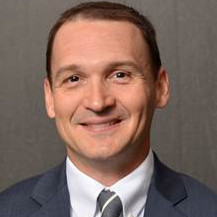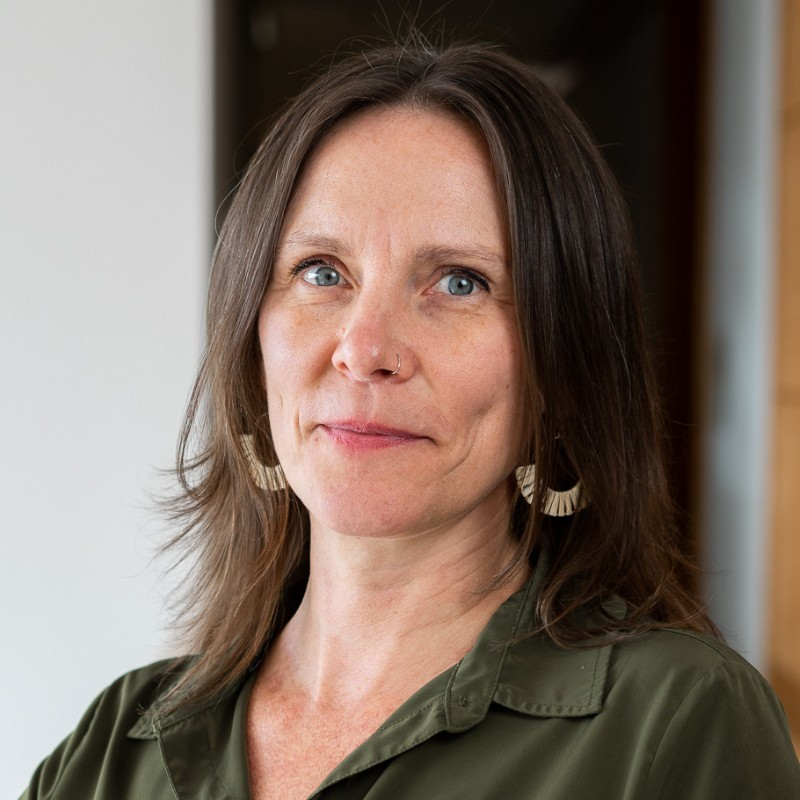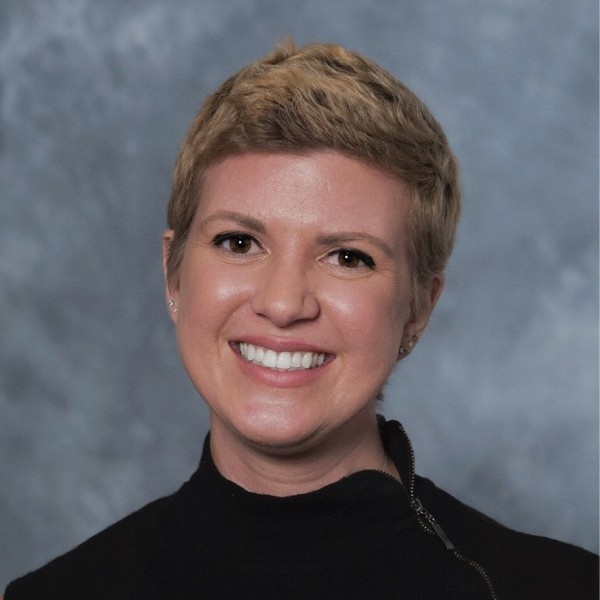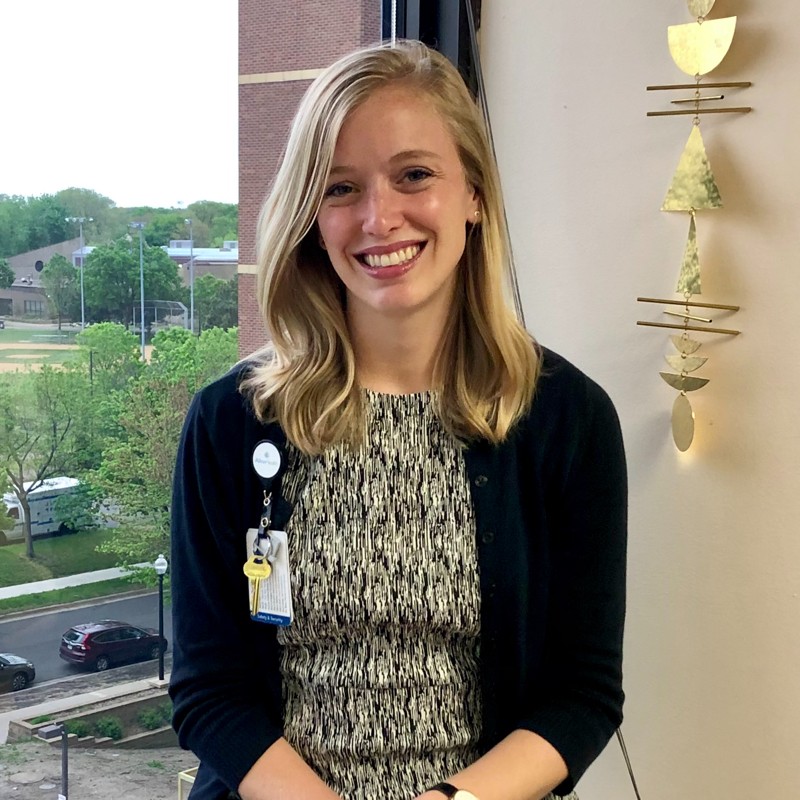Written by
on
Intent is the catalyst for consumer actions. What you meant to say—your intent—can be muddied by word choices that can carry a dual meaning. Unfortunately, intent can get lost in casual phrasing which is common in healthcare marketing content.
While phrases such as “cancer patient” and “talk to your doctor” might seem innocuous, both can bear negative connotations. Describing the patient as their disease or assuming that they are already involved with the health system can upset or even alienate those who need your care most.
The words we choose could be the deciding factor for someone to get care with you, choose a competitor, or avoid care altogether. And, as the use of AI-assisted content creation grows, brands must infuse their messaging with human emotions to connect with people and stand out from other organizations.
It takes empathy and keen content skill to achieve the balance of helpful and relevant information with emotional sensitivity. We asked six healthcare content experts to share how they approach creating and reviewing person-focused content.
“We shouldn’t assume what people know or don’t know.” –
Robbie Schneider, Social Media Manager
Franciscan Health

When people visit our sites, we usually don’t know their circumstances—they could be newly diagnosed or seeking care for the first time.
For example, we have a large community of Burmese refugees in our city who are learning to navigate a new country, language, and healthcare system. We cannot assume they know how to find care and services.
The healthcare system is highly complex, even for those of us who work in that world. So, we intentionally select words that make it easier for patients to choose us and trust us with their care.
Robbie’s self-editing tip: “Make sure your work has a conversational feel by including more inviting phrasing. For example, swap some instances of ‘Schedule an appointment with your doctor’ with a warmer phrase like, ‘When you are ready to talk with a doctor, schedule an appointment.’ Look at your analytics to see whether these subtle changes make a difference in page engagement or conversions.”
“Choose directive, empathetic content.” – Lewis Clark, Jr., VP of Marketing, Media, and Public Relations, Deborah Heart and Lung Center
Healthcare is very digital, from telemedicine to advanced EMRs. But sometimes the experience falls apart when the “digital front door” meets reality. The “easy, streamlined scheduling process” you quipped about on your specialized care page might require a referral, pre-authorization, and a host of lab tests before you can see a specialist. When a person or their loved one is sick, that’s anything but easy and streamlined.

You can provide a more realistic content experience by dropping the buzzwords. Choose direct, empathetic phrasing—give visitors that “here’s what to do, and we’ve got your back” feeling.
To do that, you must first understand your audience’s concerns and questions. You can ask them directly through in-person touchpoints or via chatbot, email, phone, or mail survey. And you can glean some information from Google Trends, Moz, and other search tools.
Tailor your content to provide answers and reassurance—without too much fluff. While including accolades and data points is important, providing solid answers in your content should be the priority. Balance the urgency in your messaging with the person’s current desire—or crisis.
Lewis’s self-editing tip: “Ask someone from a different team to review your content. If they don’t understand or can’t determine the next step, take it back to the drawing board. I follow the Rule of Three: I like to get three sets of eyes on my work before I call it final because each reviewer brings a new perspective.”
“Seek alternatives for ‘battle’ language.” – Meredith Vehar, Creative Director, Communications Huntsman Cancer Institute at the University of Utah
We encourage our writers to use person-first language to underscore that the disease is not the focus—the person is. For example, rather than writing about a breast cancer patient, share the story of a woman with breast cancer.

“Battle” language is another type of phrasing we coach our teams to avoid—terms like “fighting” or “losing the battle with” cancer. When there is a winner, there is a loser, which may cast unfair negativity on those who die and simplify the multifaceted experiences of those who live.
When I was in graduate school, I studied how patients identify with battle language. As part of the project, I asked patients how they specifically felt about the term “cancer survivor.” Some said the word “survivor” made them feel empowered, like they were winning. However, many said the term implies that dealing with cancer is done. They felt like they will always live with cancer, even if they are deemed cancer-free. Cancer, side effects, and treatments can profoundly change a person’s life.
My sister died of metastatic breast cancer at 46. She called managing the disease “a dance.” It was something that happened to her, and something present in her life that she lived with for many years. She did not see herself as a valiant cancer warrior battling against her own body—she was a person with cancer who also had a beautiful, fulfilling life.
Meredith’s self-editing tip: “Search your content for terms that carry a win/lose connotation. Instead of using those words, describe the true fears, pains, and suffering, as well as the triumphs, joys, and successes that center around the person’s lived experience. ”
Related reading: Our Empty Words
“Build rapport through storytelling.” – Lindsey Leesmann, MBA, Donor Relations Manager The University of Kansas Health System
Healthcare is something everyone experiences—it’s not just a need to fill. But it can be really scary to seek and get much-needed care. So, one of the most important jobs of a healthcare content creator is to make getting care less intimidating by building rapport through storytelling.

For example, we don’t say “Trust us!” in our content. Making such a direct please is a red flag to your audience—they should be able to trust inherently, and your stories should include supporting details that help them understand why you deserve their trust.
As an advancement content creator, I follow this methodology in my fundraising reports. Our stories don’t focus just on the science—we go behind the scenes of our patients’ and clinicians’ lives, telling the stories of where they were and where they are today.
Sometimes these stories are joyful; others are devastating. But both types illustrate real, emotional reasons for why it’s important to support the research and who will benefit from the donors’ generosity.
Lindsey’s self-editing tip: “Grammar check in Google Docs is my best friend. I search through every piece I write to find a passive voice, which often points to content that is not patient-centric. It helps me spot phrasing like, ‘The injection is given in the arm’ so I can change it to active voice, like, ‘You will get an injection in your arm.’”
Related reading: The Role of Storytelling in Post-Pandemic Marketing Strategy
“At the end of the day, content provides experiences.” – Tatiana Dietz, Executive Marketing Consultant, Prisma Health
My background is in hospitality, which served as a bridge to my consumer experience strategy role at Prisma Health. Many hospitals are very focused on the patient experience—we are working to focus also on the consumer experience and understanding what that means for the organization.

While all patients are consumers, not all consumers are currently our patients. And these people require different messaging based on their current and potential needs. Marketers group these messaging points into personas to inform the strategies for how we design content, images, and messaging.
At the end of the day, content provides experiences—that hopefully create feelings of trust, safety, and positivity. We are a healthcare institution; providing timely, informed, and approachable health information is our goal. And if they choose to come to us for their vaccinations, diagnostic exams, or treatment, we’re thrilled to take care of them.
Tatiana’s self-editing tip: “Whether you’re writing a blog or designing a billboard, ask yourself this simple question: ‘Have you considered the consumer with this?’ If you haven’t homed in on the appropriate reading level, text-to-graphics ratio, and calls-to-action for your audience, your message won’t resonate with your audience—it might alienate them instead.”
“Meet people where they are.” – Morgan Smith, Manager, Health Care for the Homeless at Hennepin County Public Health Department
My team serves an unhoused population that deals with a range of concerns, from addiction to food insecurity and unmanaged chronic illness. That means our communication efforts must do double duty—growing relationships from rocky ground and connecting people with much-needed care.

That’s not so easy when many patients don’t have phones, let alone computers. We’ve found that going back to the basics of forming relationships—talking with people, listening, acknowledging their needs—helps bridge the gap between “What’s your story?” and “Here’s how we can help.”
In partnership with local community agencies, we’ve created welcoming events and offered incentives for getting care like vaccines. Sometimes we create printouts to hand out in the clinic or push to MyChart, which some of our patients use. To build trust, we must clearly express that we care about them as a whole person, and that sharing their story can help us provide meaningful, mindful care.
For example, we can’t simply prescribe medical equipment like a CPAP to someone who lives outside. But if they open up to us, we can find ways to help meet some immediate needs and hopefully connect them with ongoing care over time.
Morgan’s self-editing tip: “What we may think should be a patient’s health priority might not be even close to the top of their list of needs—and pushing opinions is the best way to get nowhere. Our prerogative should not be to tell them what we think they should know. It should be to meet them where they are, hear their story, and listen for ways we can help.”
A few closing thoughts
What we say and how we say it are equally important. The words we choose could be the deciding factor in whether someone gets needed healthcare. Content creation in healthcare requires the empathy and skill to deconstruct common phrases and restate them in a way that puts people first.
Before you finalize your next content story, talk with a healthcare content strategist about how your audience might feel about common statements. Explore how someone who was recently diagnosed, is new to the U.S., or is concerned about a loved one might feel after engaging with your messaging.
Reframing common statements from a place of empathy can make the difference between someone choosing your institution or another center—or going without the care they need.
Ready to Get Started?
Reach out to us to talk about your strategy and goals.


